Edwin Fox Build

Beez Neez now Chy Whella
Big Bear and Pepe Millard
Fri 19 Sep 2014 22:17
|
Building of the Edwin
Fox
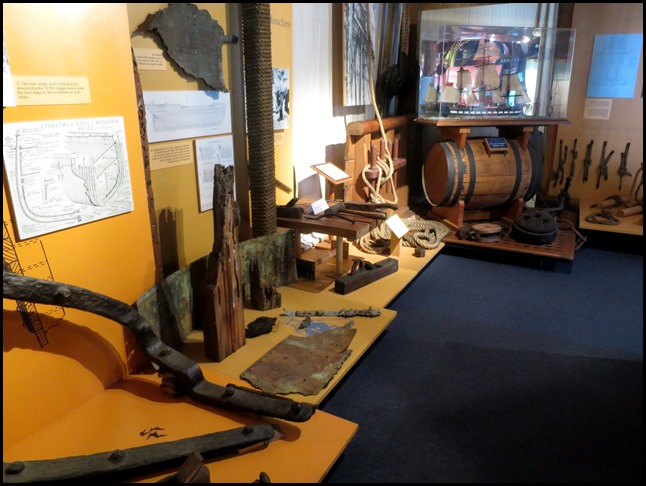 We went upstairs to the wonderfully
informative displays showing how the Edwin Fox was
built, her first journeys and busy sailing career.
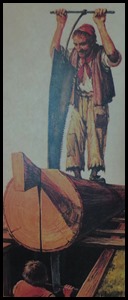 The Edwin Fox was built in 1853 as a
full-rigged ship at a Calcutta shipyard in the Bengal province of India. More
than a thousand trees were used of the highest quality Indian teak and saul.
Teak is one of the world’s most durable timbers, it doesn’t decay, warp or
crack. Unlike oak, which rusts iron, the resinous oils in teak preserve iron and
repel termites. The Edwin Fox is almost all solid teak. Saul is a very strong
but brittle Asian hardwood, similar to bluegum. It was used for the massive
futtocks deep in the hull of the ship. Saul could not be used for planking as it
was prone to splitting.
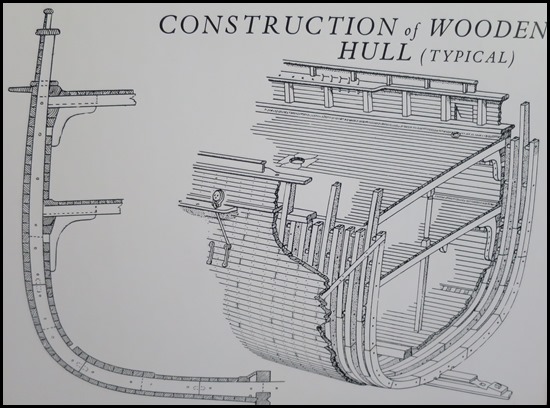 Construction cutaway diagram
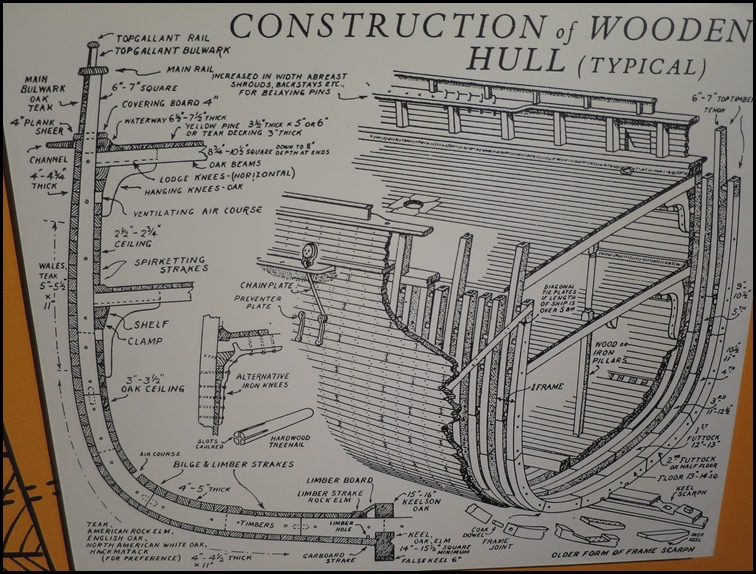 Cutaway diagram showing amazing detail
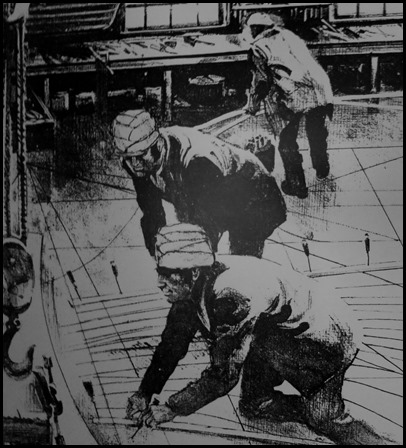 The new ship’s contours would have
been traced with chalk on the floor of a ‘mould
loft’. The chalk lines were then used to make wooden templates as
patterns for the ship’s huge ribs.
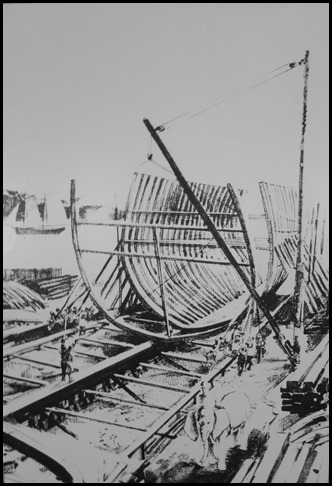 The ships ribs or frames were assembled from sections of teak
hewn to match the curves of the mould loft templates. Each gigantic rib was then
hoisted upright and fitted to the keel.
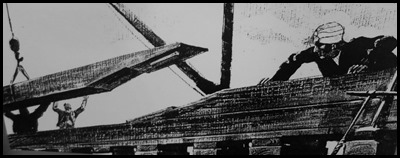 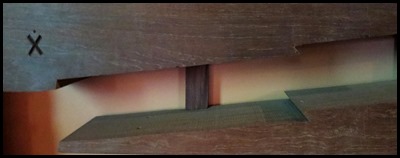 An elephant-powered derrick placed
massive teak timbers that formed the keel or ships backbone. The teak was cut on
a stepped diagonal to make a snug ‘scarf’ joint clenched with metre-long iron
bolts. The scarf
joints were designed to hook and lock themselves
together.
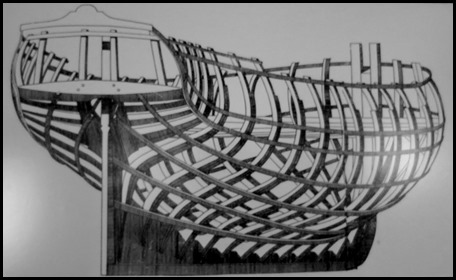 The newly
constructed frame sat for months in the shipyard while the timbers
settled.
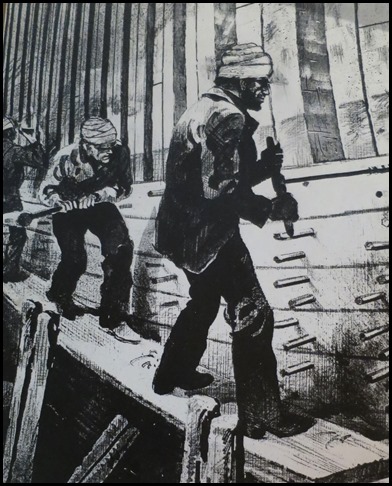 The thick framing timbers were clad
on both sides with heavy teak planks which had been steamed over a charcoal pit
and bent to shape using block and tackle. Shipwrights
had ten minutes to fasten the newly moulded planks to the ship before the timber
cooled and became unworkable.
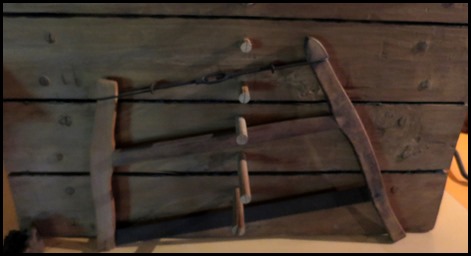 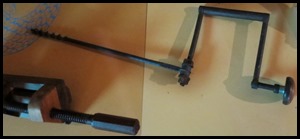 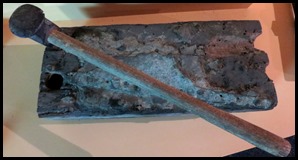 Thousands of treenails - pronounced
“trunnels”, fastened the cladding to the frame. Each
treenail was split by hand to a standard size and pounded into auger-drilled holes. The museum housed a very well used hammer.
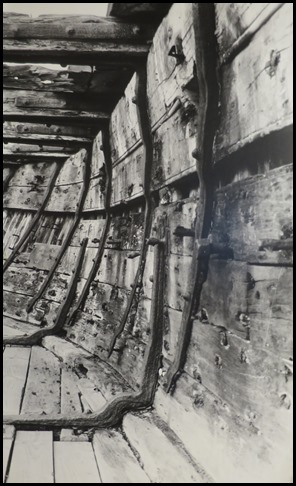 When the Edwin Fox was built iron
“knees” had replaced wooden ones as the method for reinforcing joints between
deck beams and the ships sides. Iron straps were kinked to fit around planks.
The daggerknees were the first stage in the evolution of iron
ships.
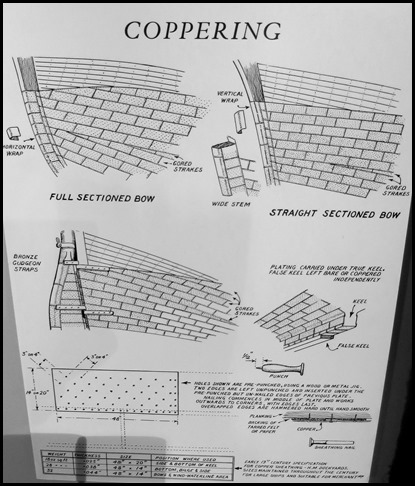 Tropical teredo shipworms could
infest even the most durable timber and quickly eat away enough to sink a ship.
A copper skin was laid over the teak planking on the Edwin Fox as protection
against the pest which had moved into European waters. Coppering was a very expensive method of protecting a hull,
with high labour and material costs. It accounted for one tenth of the total
hull cost yet only two Far East voyages could be made before recoppering was
required.
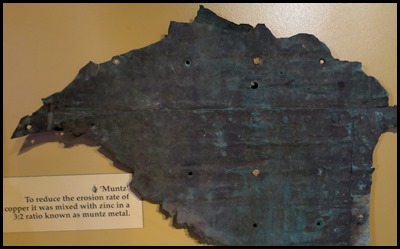 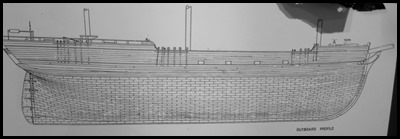 Muntz was
used to reduce the erosion rate of copper, it was mixed with zinc in a three to
two ratio. The finished profile.
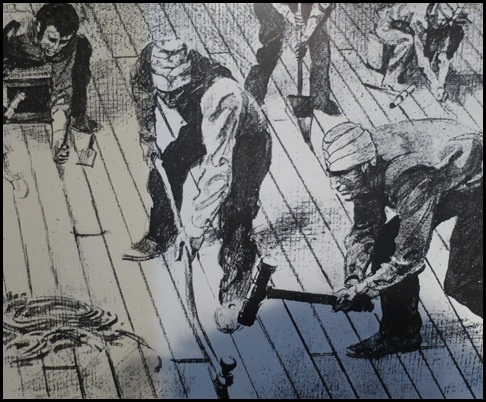 The new deck was
sealed with caulking and the many intricate fittings required to operate a
sailing ship attached. A team of caulkers sealed the
decks with oakum and tar. Strands of tar-soaked hemp – oakum, were forced
between the planks and hot tar poured in as a final seal.
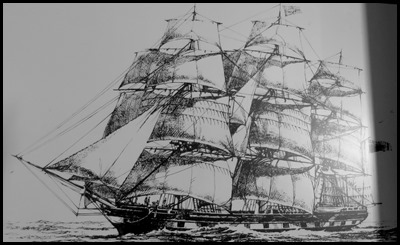 The Edwin Fox’s three masts were fashioned from oregon type timber probably
shipped from England. Each mast was in three sections strapped and bolted
together to form a 48.8 metre mainmast, a 33.5 metre mizzenmast and a 42.7 metre
foremast. The Edwin Fox was launched as a “full rigged” ship. Forty seamen were
required to handle the ship under her seven hundred square metres of sail. This
style of rigging gave optimum sail power.
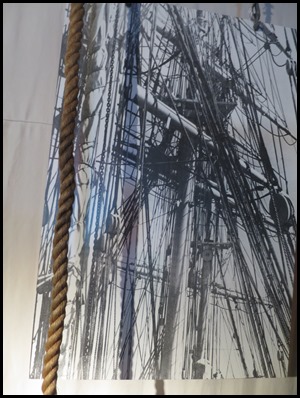 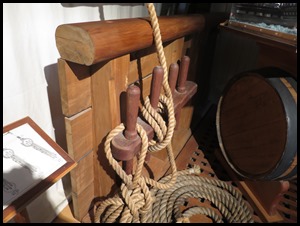 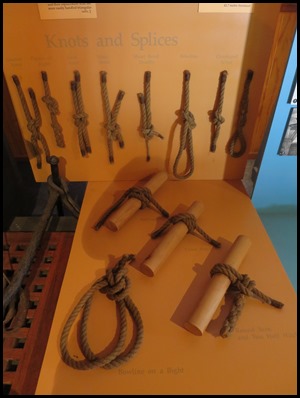 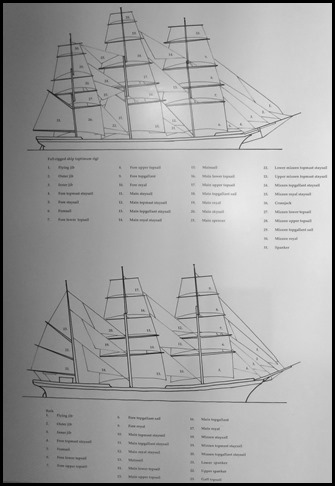 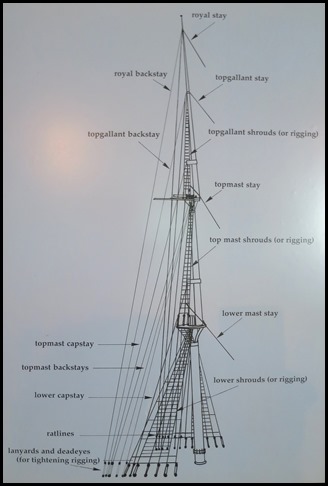 Barque Rig. To reduce crewing and
maintenance costs the Edwin Fox was converted to a barque fourteen years after
she was built. The most obvious rigging changes were the removal of the huge
square mizzen – stern mast sails, and their replacement with the more easily
handled triangular sails.
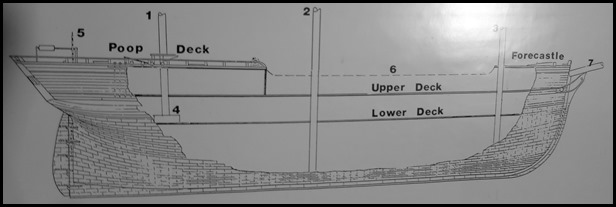 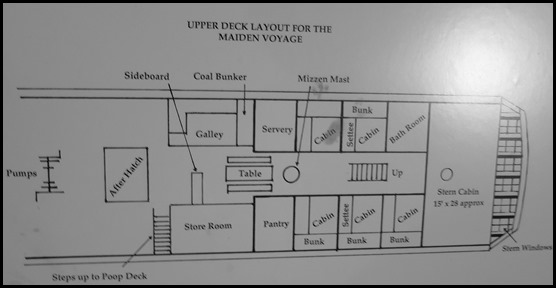 The likely
layout for the Edwin Fox’s maiden voyage. Passengers would have provided
their own cabin furniture for the voyage between India and England. When she
docked, she was surveyed in London after completing her journey from
Calcutta.
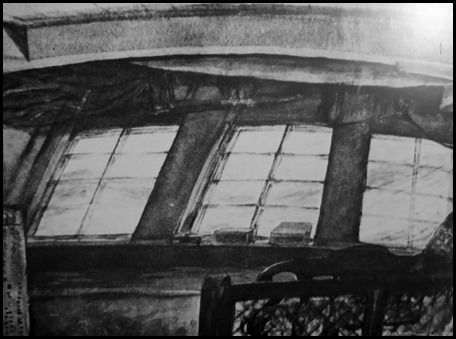 ALL IN ALL WHAT A
HISTORY
VERY IMPRESSIVE
CRAFTSMANSHIP |